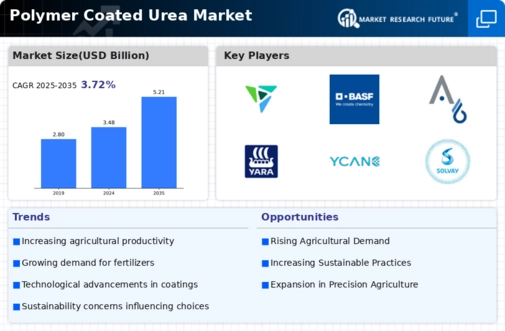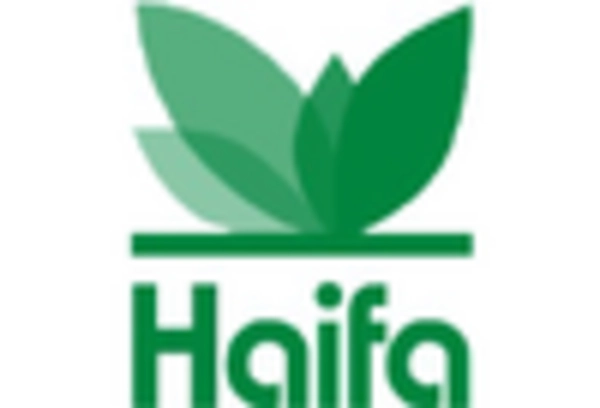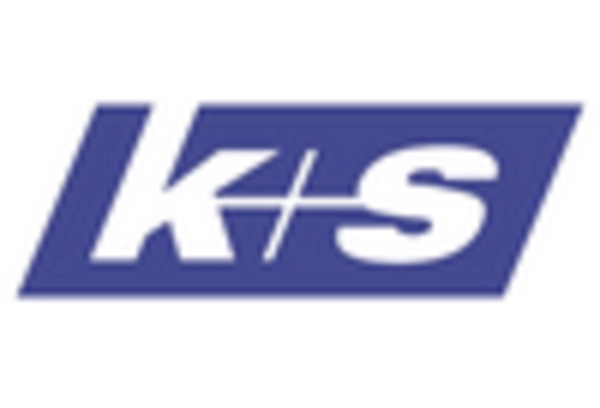Technological Innovations
Technological innovations play a pivotal role in shaping the Polymer Coated Urea Market. Advances in polymer chemistry and coating techniques have led to the development of more effective and efficient fertilizers. These innovations enhance the release profiles of nutrients, allowing for tailored applications that meet specific crop needs. The market has witnessed a surge in research and development activities, with investments directed towards improving product formulations. Data indicates that the market for polymer coated fertilizers is projected to reach USD 2 billion by 2026, driven by these technological advancements. This suggests a promising future for the industry as it adapts to evolving agricultural demands.
Sustainability Initiatives
The Polymer Coated Urea Market is experiencing a notable shift towards sustainability initiatives. As environmental concerns escalate, agricultural practices are increasingly scrutinized for their ecological impact. Polymer coated urea, with its slow-release properties, minimizes nitrogen leaching and enhances nutrient use efficiency. This aligns with the growing demand for sustainable farming practices, as farmers seek to reduce their carbon footprint. In recent years, the market has seen a rise in the adoption of polymer coated fertilizers, with estimates suggesting a growth rate of approximately 5% annually. This trend indicates a robust market potential as stakeholders prioritize eco-friendly solutions.
Rising Agricultural Productivity
The Polymer Coated Urea Market is significantly influenced by the rising agricultural productivity demands. As the global population continues to grow, the need for increased food production becomes paramount. Polymer coated urea offers a solution by providing a steady release of nutrients, which enhances crop yields and reduces the frequency of fertilizer applications. Recent studies indicate that the use of polymer coated fertilizers can increase crop yields by up to 20% compared to conventional fertilizers. This potential for improved productivity is likely to drive market growth, as farmers seek efficient solutions to meet the escalating food security challenges.
Government Support and Regulations
Government support and regulations are crucial drivers in the Polymer Coated Urea Market. Many governments are implementing policies that promote the use of advanced fertilizers to enhance agricultural efficiency and sustainability. Subsidies and incentives for farmers adopting polymer coated fertilizers are becoming more common, encouraging the transition from traditional fertilizers. Additionally, regulatory frameworks aimed at reducing environmental impact are pushing the industry towards more sustainable practices. This supportive environment is likely to foster growth in the polymer coated urea market, as stakeholders align with governmental objectives to improve agricultural practices.
Increasing Awareness of Nutrient Management
Increasing awareness of nutrient management is a significant driver in the Polymer Coated Urea Market. Farmers and agricultural professionals are becoming more educated about the importance of efficient nutrient application for optimal crop performance. This awareness is leading to a shift towards products that offer controlled release and reduced nutrient loss. The polymer coated urea market is benefiting from this trend, as it provides a solution that aligns with modern agricultural practices. Market data suggests that the demand for controlled-release fertilizers is expected to grow at a rate of 6% annually, indicating a strong future for polymer coated urea as farmers prioritize effective nutrient management.


















Leave a Comment